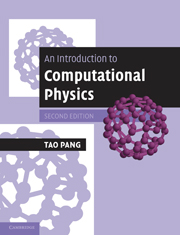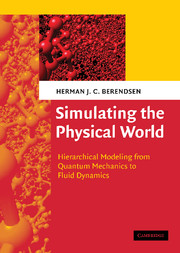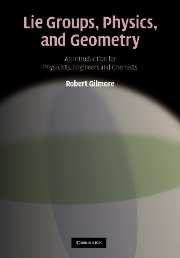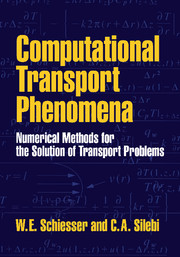Introductory Computational Physics
Computers are one of the most important tools available to physicists, whether for calculating and displaying results, simulating experiments, or solving complex systems of equations. Introducing students to computational physics, this textbook, first published in 2006, shows how to use computers to solve mathematical problems in physics and teaches students about choosing different numerical approaches. It also introduces students to many of the programs and packages available. The book relies solely on free software: the operating system chosen is Linux, which comes with an excellent C++ compiler, and the graphical interface is the ROOT package available for free from CERN. This broad scope textbook is suitable for undergraduates starting on computational physics courses. It includes exercises and many examples of programs. Online resources at www.cambridge.org/0521828627 feature additional reference information, solutions, and updates on new techniques, software and hardware used in physics.
- Teaches how to use the tools and methods of computational physics in a modern computational environment (Linux, computer clusters, program libraries, C++)
- Includes many sample programs and exercises (with no solutions printed) at the end of each chapter
- Supported by a web site containing additional reference information, further exercises, solutions and updates on new techniques, software and hardware used in physics
Product details
August 2010Paperback
9780521535625
148 pages
246 × 189 × 8 mm
0.28kg
41 b/w illus.
Available
Table of Contents
- 1. Introduction
- 2. Basics
- 3. Short introduction to Linux
- 4. Interpolation I
- 5. Interpolation II
- 6. Taking derivatives
- 7. Numerical integration
- 8. Solution of nonlinear equations
- 9. Differential equations
- 10. Matrices
- 11. Random processes and Monte Carlo simulation
- A. The ROOT system
- B. Free scientific libraries
- C. FORTRAN and C++
- D. Program listings.






